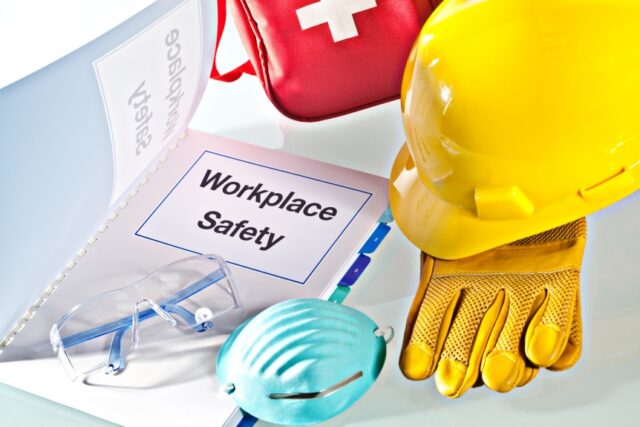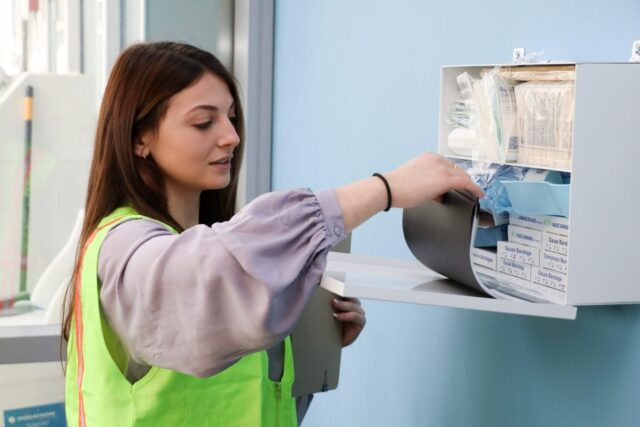
In the relentless pursuit of workplace safety and employee well-being, the question looms: Does your organisation require the establishment of a safety committee? The rationale behind a safety committee is clear: to mitigate risk, secure the welfare of employees, and foster a safety culture. Yet, the pressing query remains: is it a necessity for your business?
While not a solution for all enterprises, safety committees have the remarkable potential to cultivate an environment of unwavering dedication to safety. Thus, another question arises—why should you contemplate the formation of such a committee? The answer lies in the multiple benefits they can bring to your company.

Understanding the Role of a Workplace Safety Committee
A safety committee constitutes a collaborative body comprising representatives from labour and management, diligently tasked with examining, devising, and refining safety protocols. While one might assume that only industries fraught with hazards, such as those involving heavy machinery, manufacturing, or chemical substances, warrant the establishment of a safety committee, the truth is that all industries stand to gain from having a proactive approach towards potential hazards.
Though the functions performed by a workplace safety committee vary based on the nature of the business, it generally covers the following crucial roles:
- Formulating workplace safety protocols
- Conducting comprehensive workplace assessments and audits
- Organising and facilitating safety training sessions
- Advocating for issues of employee concern pertaining to health and safety
- Reviewing incidents, near misses, accident reports, and other documentation to refine policies and preempt recurrences
- Providing a platform for timely discussions on safety concerns as they arise

The Relevance of a Workplace Safety Committee
Consider this startling statistic from the Health and Safety Executive (HSE): In the UK in 2020/21, there were a staggering 565,000 non-fatal injuries reported among workers. Similarly, the Reporting of Injuries, Diseases and Dangerous Occurrences Regulations (RIDDOR) documented 61,713 employee injuries during the same period.
Irrespective of whether local regulations mandate the formation of workplace safety committees within your industry, their vital role in preserving and enhancing safety cannot be overstated. The sheer prevalence of workplace accidents is an unequivocal testament to the importance of instituting such committees.

Establishing a Workplace Safety Committee
Commencing the journey toward establishing a workplace safety committee necessitates a well-defined purpose rather than a generic mission to enhance safety. In the event of multiple organisational locations, contemplate the arrangement of at least one committee per site. These committees should incorporate a diverse cross-section of individuals from all levels of the organisation.
A prudent approach involves appointing an individual with demonstrated leadership acumen to oversee the committee’s operations. The selection of committee members should be based on their relevance to the specific objectives, drawing from departments that wield the most influence. To ensure the realisation of goals, follow these essential guidelines:
- Conduct regular meetings with clearly defined agendas
- Enforce mandatory attendance to foster commitment
- Maintain thorough meeting minutes that encapsulate all discussions
- Establish both short-term and long-term objectives to sustain progress
- Share the committee’s achievements with the organisation

The Bottomline
For those contemplating the formation of a safety committee, it is imperative to review the prerequisites and guidelines to ensure the committee’s readiness for the task ahead. Still unsure of how to start a safety committee? Howlett Health & Safety Services are venerable health and safety consultants London businesses and organisations entrust with such matters, and they stand ready to heed your call and get your committee going.














